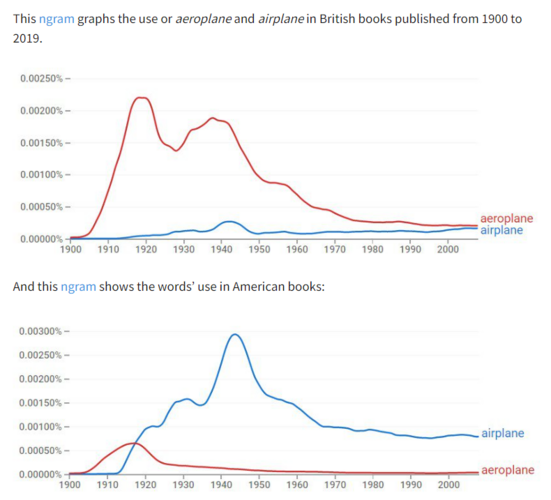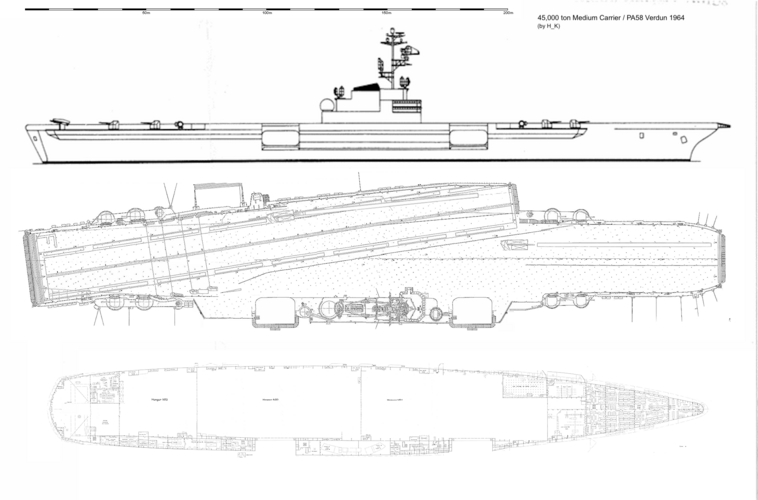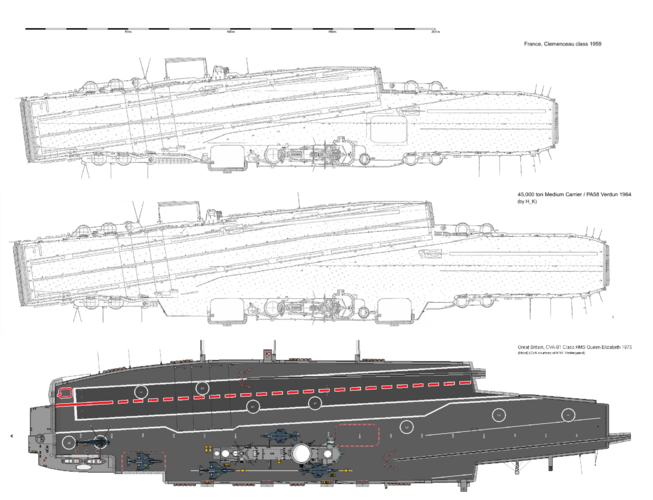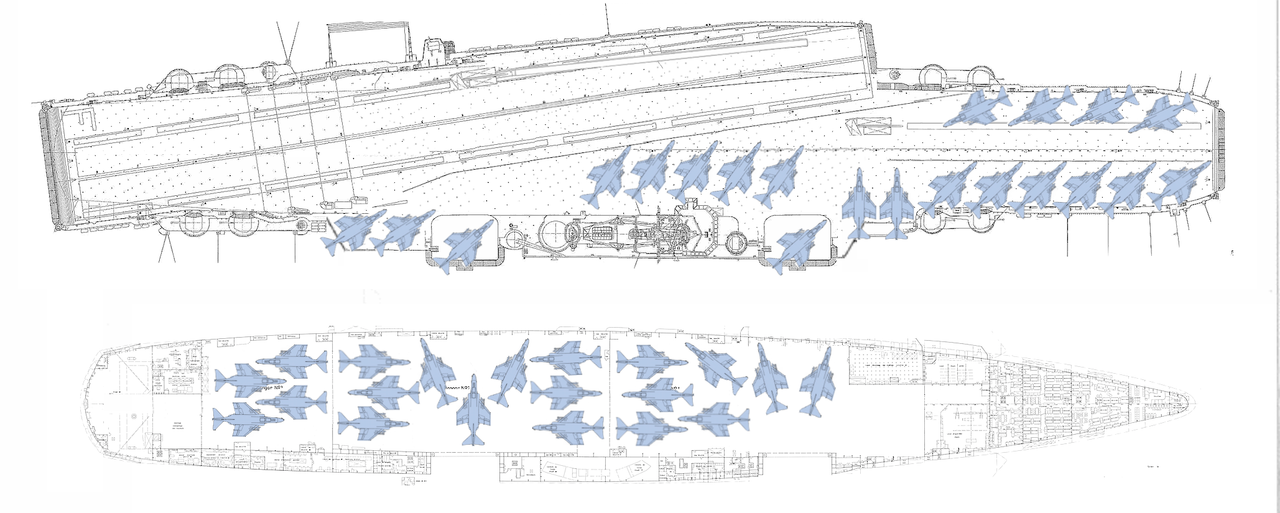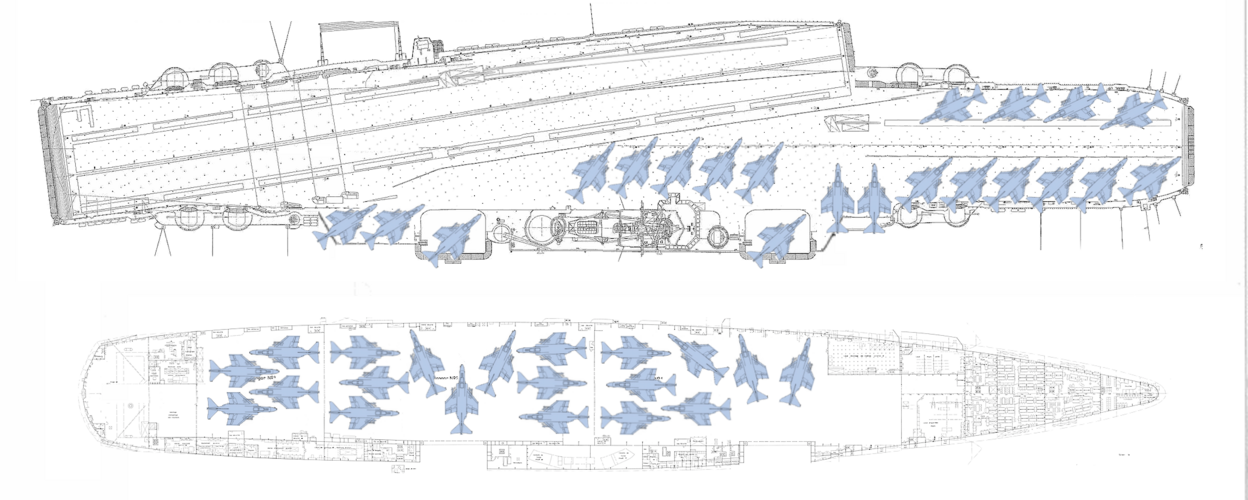- Joined
- 27 September 2006
- Messages
- 5,755
- Reaction score
- 5,666
On point defence missiles I always regret that the supersonic Seacat 2 was not adopted as a retrofit on the numerous RN Seacat launchers.
Building a brand new carrier to operate a fighter without Sparrow/Skyflash capability and only Sidewinders seems the worst of all possible worlds.
As I have written more than once the RN will not accept a single seater single engined fighter. Ah but why does it then accept Harrier I hear you cry.
Sea Harrier was a limited role add on to the Sealing carrying cruiser (Invincible) to give some protection against Soviet "snooper" planes. Serious fleet air defence was left to the US Second Fleet and its two carrier striking groups for which the Invincibles were a key ASW asset.
France with its mainly Mediterranean and African colonies roles has a very different carrier requirement from the RN. A wartime role helping NATO convoys get to French ports was not the main purpose of Foch or Clemenceau.
Excellent MN pilots could get the best out of the F8 and Etendard in various jobs, notably the Lebanon crisis in the early 80s.
For the RN it is either providing NATO a carrier group for the Atlantic Striking Fleet or an ASW group for the same force.
East of Suez was untenable after the mid 60s financial meltdown in the UK and its dependence on West German help to get into the EEC. NATO not the Commonwealth is the focus.
France flirted with various paper planes for the MN. But it cut its suit to fit off the shelf cloth.
Ark Royal and its Phantom/Buccaneer group served throughout the 70s as well as CVA01 with the same group was once planned to do.
It is worth remembering that planners in the 60s expected missiles to make aircraft unnecessary in both defence and strike roles by the 80s. The impressive Soviet missile ships and US experience with Talos made this a not unrealistic aim.
Just as Polaris had replaced Skywarriors and Vigilantes in the strategic strike role future tactical seaborne systems would do the same for other aircraft
Building a brand new carrier to operate a fighter without Sparrow/Skyflash capability and only Sidewinders seems the worst of all possible worlds.
As I have written more than once the RN will not accept a single seater single engined fighter. Ah but why does it then accept Harrier I hear you cry.
Sea Harrier was a limited role add on to the Sealing carrying cruiser (Invincible) to give some protection against Soviet "snooper" planes. Serious fleet air defence was left to the US Second Fleet and its two carrier striking groups for which the Invincibles were a key ASW asset.
France with its mainly Mediterranean and African colonies roles has a very different carrier requirement from the RN. A wartime role helping NATO convoys get to French ports was not the main purpose of Foch or Clemenceau.
Excellent MN pilots could get the best out of the F8 and Etendard in various jobs, notably the Lebanon crisis in the early 80s.
For the RN it is either providing NATO a carrier group for the Atlantic Striking Fleet or an ASW group for the same force.
East of Suez was untenable after the mid 60s financial meltdown in the UK and its dependence on West German help to get into the EEC. NATO not the Commonwealth is the focus.
France flirted with various paper planes for the MN. But it cut its suit to fit off the shelf cloth.
Ark Royal and its Phantom/Buccaneer group served throughout the 70s as well as CVA01 with the same group was once planned to do.
It is worth remembering that planners in the 60s expected missiles to make aircraft unnecessary in both defence and strike roles by the 80s. The impressive Soviet missile ships and US experience with Talos made this a not unrealistic aim.
Just as Polaris had replaced Skywarriors and Vigilantes in the strategic strike role future tactical seaborne systems would do the same for other aircraft

